A rare and well-conceived foray into Christian mysticism. Publishers Weekly McGuckin has lit on the brilliant idea of rescuing the Desert Fathers and Mothers sayings in simple free-verse form, which emphasizes the compression and power of their wisdom. This book will make a welcome addition to the renewed interest in early Christian ascetics. Library Journal ABOUT THE BOOK The early Christian monks of Egypt, Syria, and Palestine were the spiritual heroes of their agefleeing the security of civilization for the desert, where they sought God in lives of prayer, contemplation, and radical simplicity. This book is a collection of their teachings, and those of their contemplative contemporaries, ranging from the fourth through the eleventh centuries. It is arranged to the traditional model of three ascending books: Praktikos (practice), Theoretikos (theory), and Gnosis (knowledge).
Each book consists of 100 sentencesaphorisms or thoughts. Each sentence is intended to be read and meditated upon for an entire dayjust as the monks themselves might have done as they went about their work. JOHN ANTHONY MCGUCKIN is a Professor of Early Church History at Union Theological Seminary in New York City and a priest of the Orthodox Church. Born in Newcastle, England, he is a fellow of the Royal Historical Society and the author of nine books, including Standing in Gods Holy Fire: The Byzantine Tradition and At the Lighting of the Lamps: Hymns of the Ancient Church. Sign up to learn more about our books and receive special offers from Shambhala Publications.  Or visit us online to sign up at shambhala.com/eshambhala.
Or visit us online to sign up at shambhala.com/eshambhala.  SHAMBHALA PUBLICATIONS, INC.
SHAMBHALA PUBLICATIONS, INC.
HORTICULTURAL HALL 300 MASSACHUSETTS AVENUE BOSTON, MASSACHUSETTS 02115 www.shambhala.com 2002 John Anthony McGuckin Cover design by Jim Zaccaria Cover art: St. Antony the Great, by Eileen McGuckin All rights reserved. No part of this book may be reproduced in any form or by any means, electronic or mechanical, including photocopying, recording, or by any information storage and retrieval system, without permission in writing from the publisher. The Library of Congress catalogues the hardcover edition of this book as follows: The book of mystical chapters: meditations on the souls ascent, from the desert fathers and other early Christian contemplatives / translated and introduced by John Anthony McGuckin. p. cm.
Includes bibliographical references (p. ). eISBN 978-0-8348-2861-2 ISBN 1-57062-900-5 ISBN 1-59030-007-6 (paperback) 1. Desert FathersQuotations. 2. I. I.
McGuckin, John Anthony. BR63 .B57 2002 248.4811dc21 2001057553 CONTENTS 
 A Guide to the Mystical Path T he early Christian monks left behind them a vast body of esoteric literature that is profound in the range and quality of the mystical teaching it offers, though by and large it is little known to the contemporary world. Because of their lifestyle of radical simplicity and withdrawal, the monks were able to devote much time to scrutinizing the stages and forms of the inner life of the human spirit. In a sense they were professionals of the mapping of the movements of the interior soul and composed their doctrine specifically for the instruction of their younger disciples. Younger monks and sometimes nuns would frequently travel the monastic communities of the east Roman world seeking out experienced psychic guides (though nuns were usually sedentary in communities lodged in more secure places), and soon the finest of these spiritual masters became internationally known, attracting disciples from all over the Christian territories. The sayings of the wise teachers were soon put into writingsometimes by the sages themselves in their own lifetime, and sometimes they were gathered together from oral history as a posthumous memorial of their doctrine.
A Guide to the Mystical Path T he early Christian monks left behind them a vast body of esoteric literature that is profound in the range and quality of the mystical teaching it offers, though by and large it is little known to the contemporary world. Because of their lifestyle of radical simplicity and withdrawal, the monks were able to devote much time to scrutinizing the stages and forms of the inner life of the human spirit. In a sense they were professionals of the mapping of the movements of the interior soul and composed their doctrine specifically for the instruction of their younger disciples. Younger monks and sometimes nuns would frequently travel the monastic communities of the east Roman world seeking out experienced psychic guides (though nuns were usually sedentary in communities lodged in more secure places), and soon the finest of these spiritual masters became internationally known, attracting disciples from all over the Christian territories. The sayings of the wise teachers were soon put into writingsometimes by the sages themselves in their own lifetime, and sometimes they were gathered together from oral history as a posthumous memorial of their doctrine.
This book is a portable collection of that Christian monastic wisdom, a very small edition of the vast amount of teachings that exist and are still used in the monasteries of the Eastern Christian world to this day. It has been arranged, in the manner of an ancient manual of instruction, in three ascending books: Praktikos, Theoretikos, and Gnostikos. The sentences (which in ancient Greek meant a unit of thought, or paragraph) have been edited, again in the ancient manner, in the form of three centuries, or groups of one hundred aphorisms. Each single sentence is meant to be taken as a days reflection. It was first supposed to be learned by heart, at the beginning of the day, and then repeated as the daily text in every spare moment of quiet. Such moments of hesychia (quietness of soul) were structured by the early monks around the simple repetitive tasks that made up daily life in remote deserts.
The regular monotony of basket weaving (a favored monastic employment) was interspersed with the repetition of prayers and the musing on the sentence of the day. Today life is busier and more demanding, but even the busiest of us have moments of hesychia, in those times spent waiting for buses or trains to arrive or depart, or when we are driving or walking or simply sitting idly for a moment. Such times are ideally suited for the recitation of the sentence and its dialecticteasing out the implications of what such an aphorism could mean: how have we already experienced it; how could it illuminate a truth about our own heart or the troubles of our friends hearts or the secret ways that God wishes to develop our seeking soul? The book, in short, is not meant for a rapid half-hour read-through from cover to cover in one sitting. Such is the temptation for a world gone mad for speed and instant comprehension. It would be better to employ this book as a Frisbee than to use it in that way. Some things, like seeds and plants (and psychic insight), need a slower pace of nurturing and unfolding.
The book will be, I hope, an interesting historical example of the esoteric spiritual teachings of the early Christians, who could once boast many masters of the mystical life. But more than this, it is offered as a practical manual of assistance for those who wish to climb the higher paths of mystical knowledge in the Christian tradition andin an age when living spiritual masters are difficult to come byneed experienced guides to orient them. MONASTIC SEEKERS IN THE ANCIENT CHURCH The early Christian monks formed an international society that flourished in all the Greek territories of the late Roman Empire, as well as in Syria and Persia, in Egypt gathered around the Nile, and as far into Africa as Nubia (modern Sudan) and the highlands of Ethiopia. They inhabited the rocky and desert terrain of Sinai, Palestine, Arabia, and Turkey (ancient Cappadocia); and in the great capital of the late Roman Empire, Constantinople, they became almost a civil service, so great were their numbers, with many dedicated scholars and aristocrats among them. After the fifth century, monasticism became popular in the West too, where Gaul (ancient France) and Italy became centers of activity. Soon, over the whole early-Christian world, which was drawn like a circle around the Mediterranean basin, Christian monks could be found living in solitary isolation near villages, in small communes of hermits gathered together in remote valleys, or in small houses, usually of a few dozen living the communal life together.
Next page
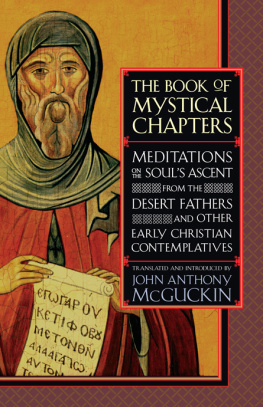


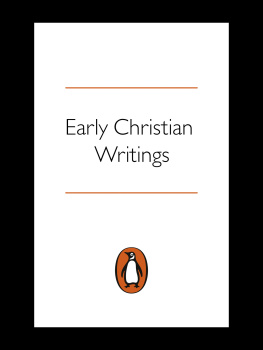
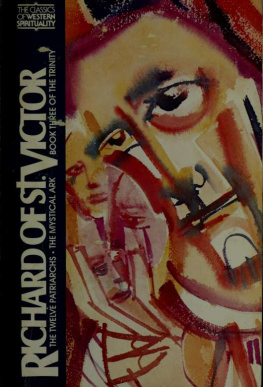

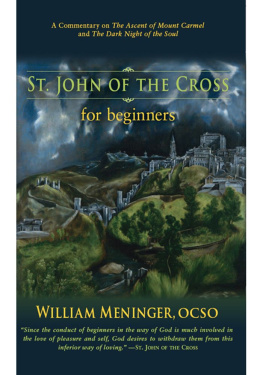
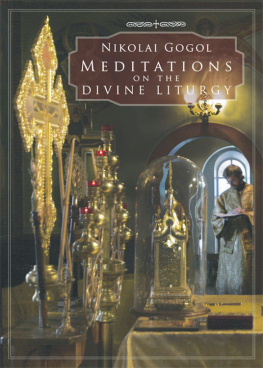
 Or visit us online to sign up at shambhala.com/eshambhala.
Or visit us online to sign up at shambhala.com/eshambhala.  SHAMBHALA PUBLICATIONS, INC.
SHAMBHALA PUBLICATIONS, INC.